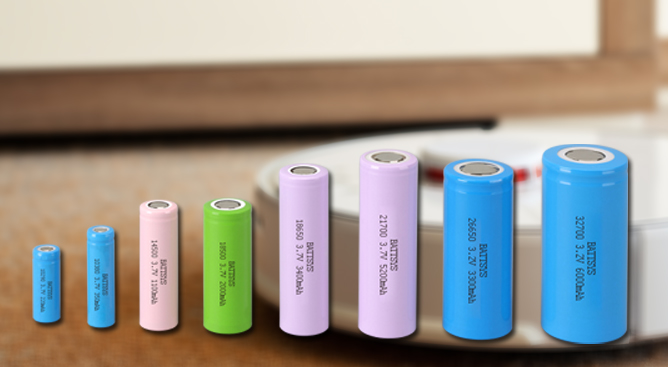Introduction to the Performance of 26650 Lithium Battery Applications.
26650 lithium battery application is a model specification of cylindrical lithium battery brand application. Used in the fields of electric tools, lighting, wind and solar energy storage, electric vehicles, toys, instruments and meters, UPS backup power supply, communication equipment, medical equipment, and military lighting. The definition of its model is: 26650 type, which refers to a cylindrical battery with a diameter of 26mm and a length of 65mm. Generally used to refer to lithium battery applications, including lithium primary batteries and lithium-ion batteries.
Overcharge performance
After standard charging of the battery, measure the initial state of the battery. When the battery is in normal condition, charge it to 10.0V with a current of 3C, and then switch to constant voltage charging until the cut-off current is 0.01C before terminating. Observe the appearance changes of the battery.

Result: No fire, no explosion
Overdischarge performance
After standard charging of the battery, measure the initial state of the battery. When the battery is in normal condition, discharge it to 0V at 0.5C. Observe the changes in the appearance of the battery.
Result: No fire, no explosion
External short circuit
After standard charging of the battery, measure the initial state of the battery and place it in an explosion-proof cover to directly short-circuit its positive and negative poles (with a total resistance of no more than 50m Ω). The test ends when the battery temperature drops to about 10 ℃ below the peak temperature. Observe the temperature and appearance changes of the battery.
Result: No fire, no explosion
Hot abuse
Measure the initial state of the battery. After standard charging, place the battery in an oven and raise the temperature to 130 ± 2 ℃ at a rate of (5 ± 2 ℃)/min for 30 minutes. Observe the changes in the appearance of the battery.
Result: No fire, no explosion
drop
Test the initial capacity of the battery, measure the initial state of the battery after standard charging, and freely drop the test battery vertically and horizontally from a position with a height of 1m at the lowest point to a cement ground, requiring two drops.
Result: No fire, no explosion
Heavy object impact
Place a steel rod with a diameter of 15.8mm in the middle of a fully charged battery; Then, a 10kg hammer is freely dropped from a height of 1.0m onto the upper part of the battery.
Result: No fire, no explosion
Squeezing test
The battery cell is placed between the two extrusion surfaces of the extrusion equipment, with the cylindrical battery cell axis parallel to the extrusion surface. The pressure is gradually increased to 13kN and maintained for 1 minute.
Result: No fire, no explosion
